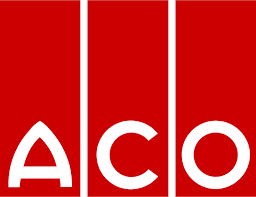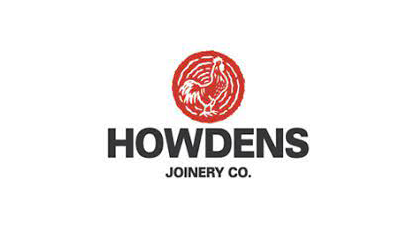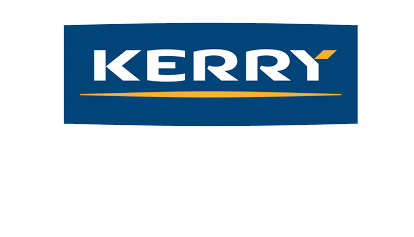
- Details
- Category: Blog
Some organizations don't pay enough attention to people development. To them, it looks like a detour, when it is actually a shortcut to better performance. Particularly when it is considered as part of the routine.
When Workplace Learning becomes part of the routine it provides a vehicle for Team and Team Leader learning, that typically deliver gains of 6 to 8 times the investment in time and resource. Something that far exceeds the Return in Investment of most capital projects.
In addition, as the drive to learning is powerful motivator, Workplace Learning also impacts on workforce engagement, working relationships and problem ownership.
For those reasons Workplace Learning as part of front line team day to day activities overcomes many of the common barriers to traditional training and shared learning as set out in the table below.
| Common Barriers | Workplace Learning Countermeasure | |
| 1. | Employees don't share knowledge | Team based projects facilitate this by developing working relationships based on achieving a common goal. |
| 2. | Employees don't think that training will impact on their performance | Workplace learning cycles of 3 months allow for the measurement of before and after application of training. When run as a team project this can target improvement priorities which are tracked as part of the local area management process. |
| 3. | Employees don't realise that learning can be done outside of the classroom | Include opportunities to share lessons learned within the team as part of the preparation for mid project review and feedback sessions. |
| 4. | Company is growing too quickly to maintain product knowledge | Invest time in keeping on top of this. Developing a communication plan is a useful workplace learning project. Aim to make it easy to share ideas and engage all functions in finding out more. |
| 5. | Employees don't believe their training feedback is heard | Careful project selection will lead to application of the outputs. Walk the talk and people will listen! |
| 6. | Staff are allocated to whatever is being produced today. | Workplace learning can the simplification of core work routines to reduce the risk of human error, improve workforce flexibility and reduce time to achieve core competency across multiple assets. |
| 7. | Departments have a silo mentality | Take care to align goals and engage key workers in cross functional projects. That creates role models who demonstrate how to break down barriers |
| 8. | Mandatory training is a snooze | Link training to practical projects that fix pain points and provide evidence of capability. |
| 9. | Local Leaders are not encouraging a knowledge sharing culture | Workplace learning projects make local leaders accountable for coaching teams to demonstrate improved skills. Through this they demonstrate their ability to lead and areas where they need support. |
| 10. | Employees in support roles lack product expertise | Cross functional teams aid the development of knowledge and effective working relationships across functional boundaries. This opens the door to horizontal empowerment where people learn from each other. |
In short....
.....Workplace Learning Programmes are the enabler of a proactive culture and high performance teamwork.
The use of Workplace learning to transfer lessons learned back to the workplace is a key part of each DAK Academy Course approach.
Check out our courses on Drafting and Review of Asset Care Plans and Maintenance Planning and Scheduling.








